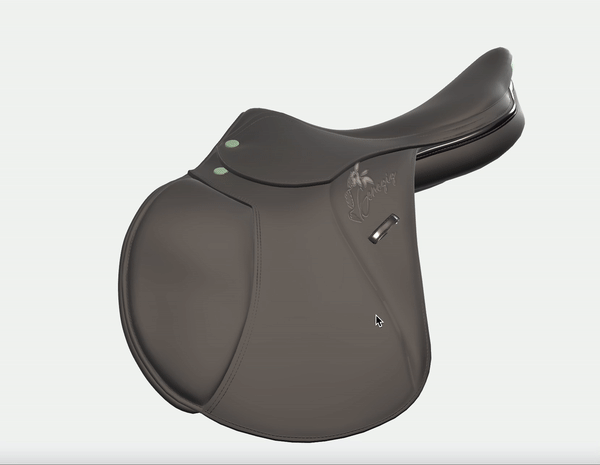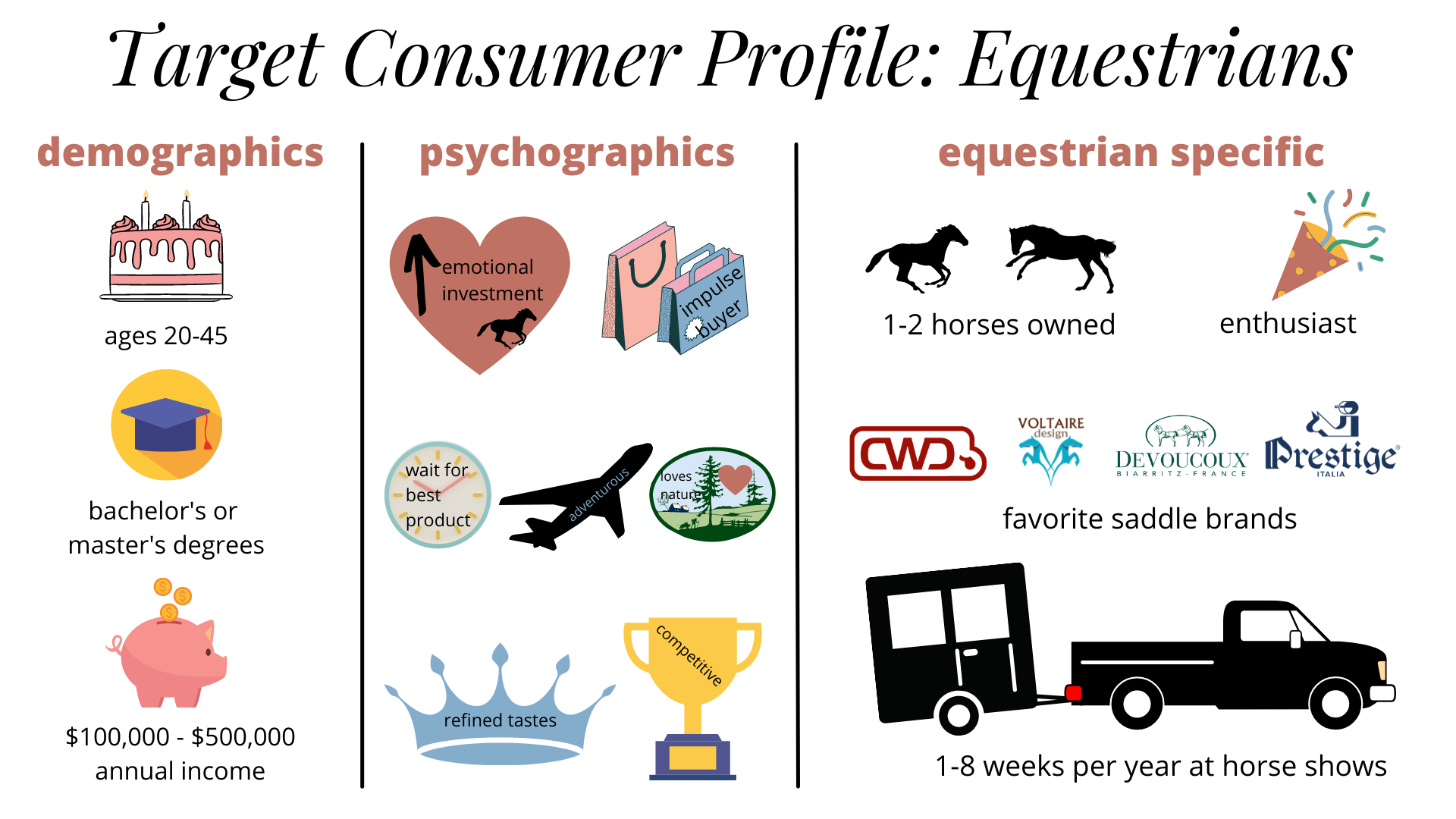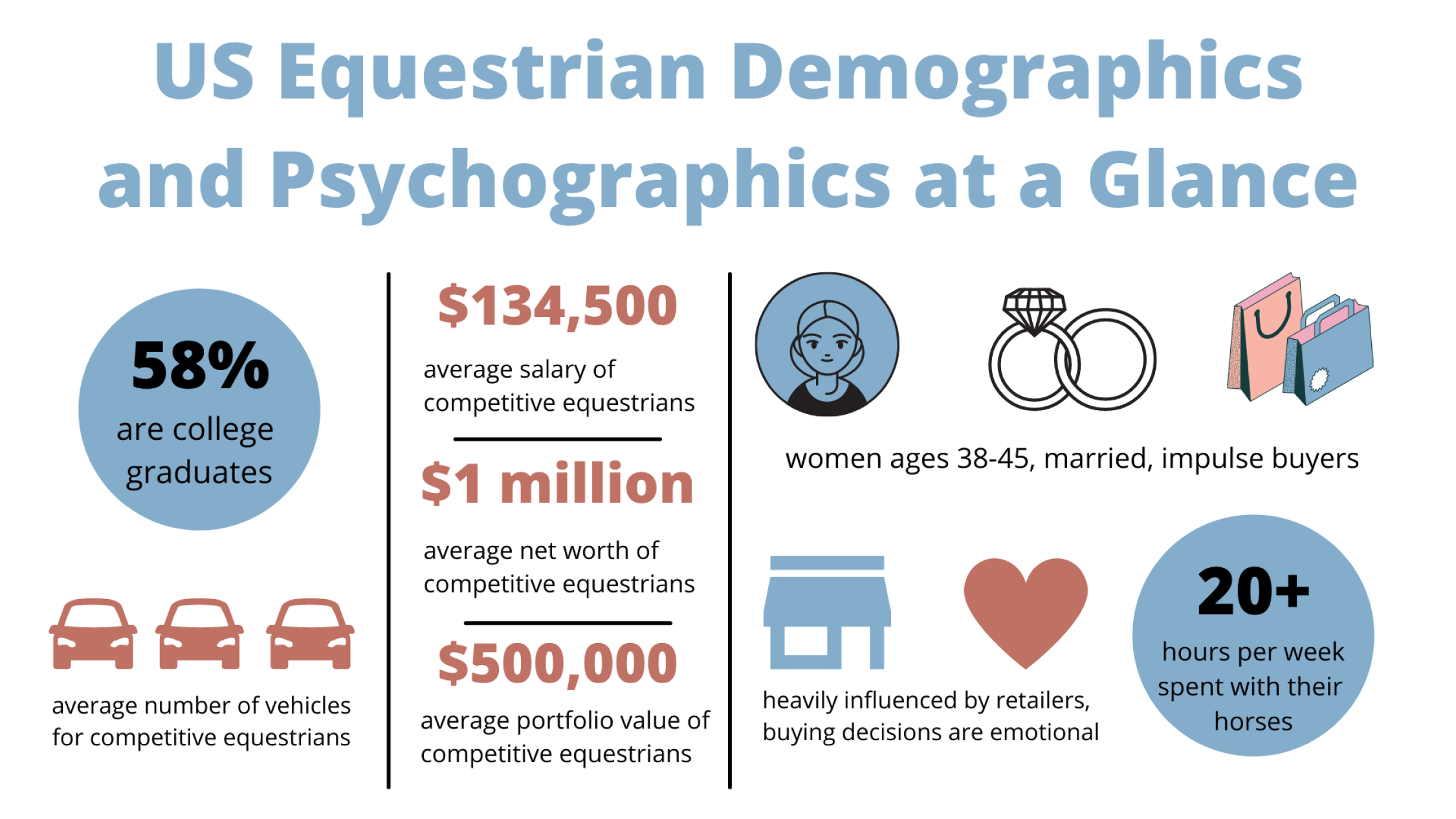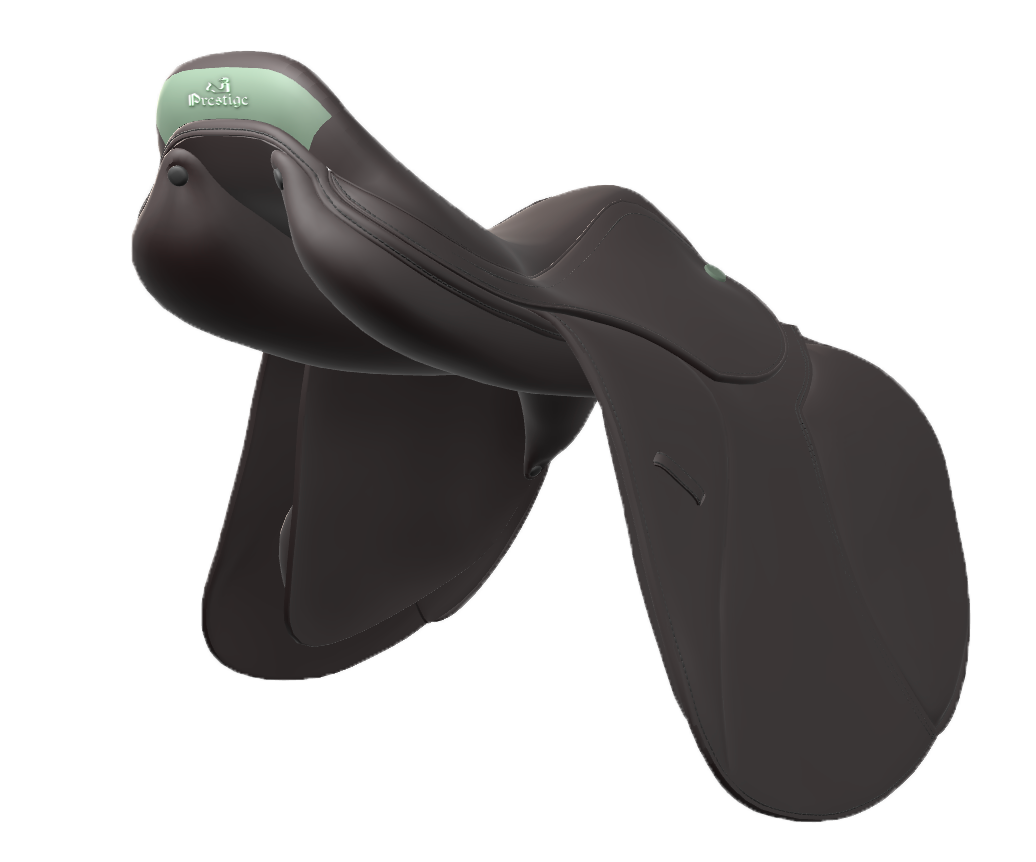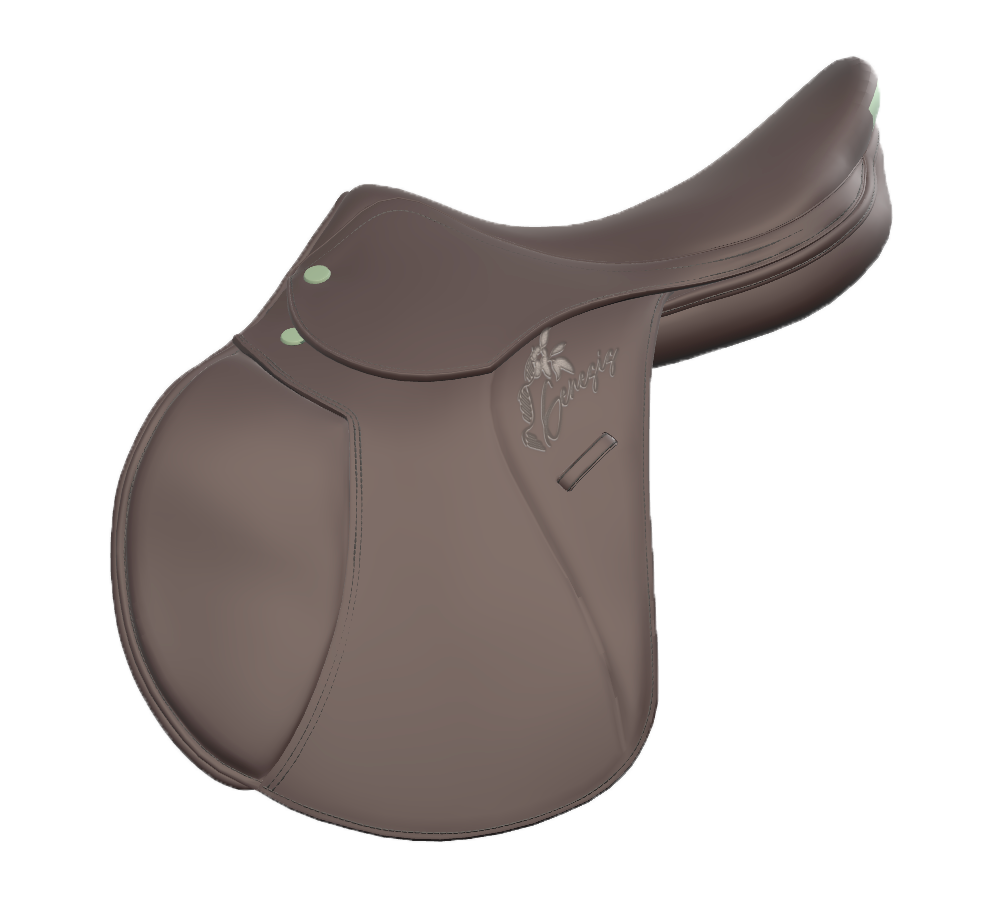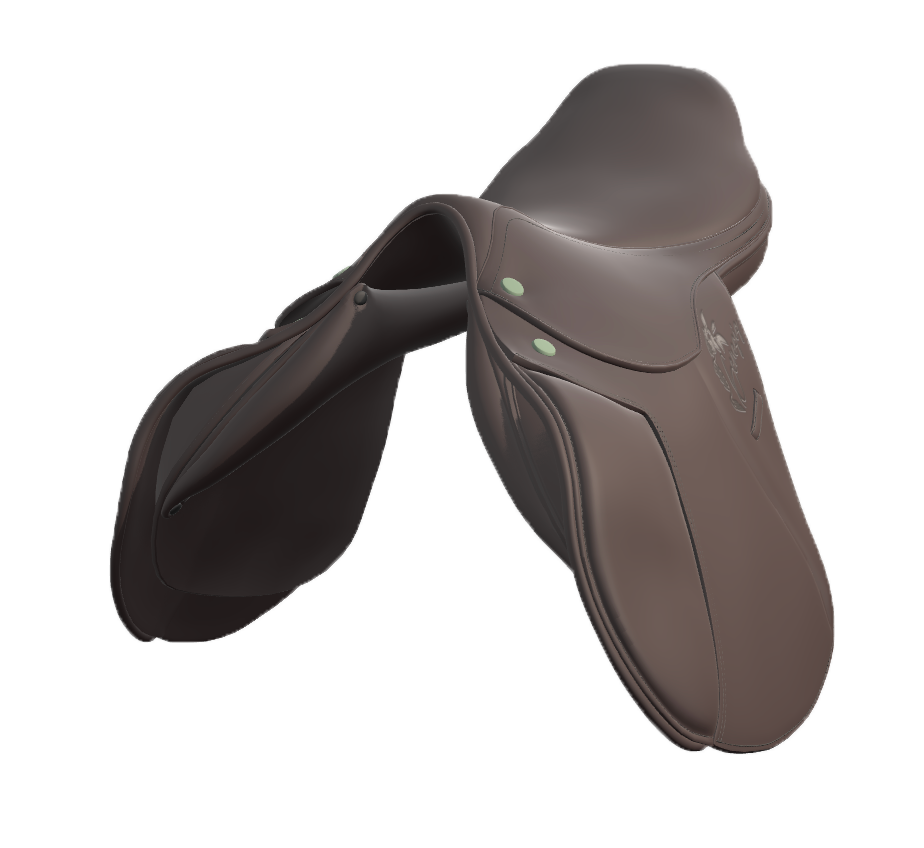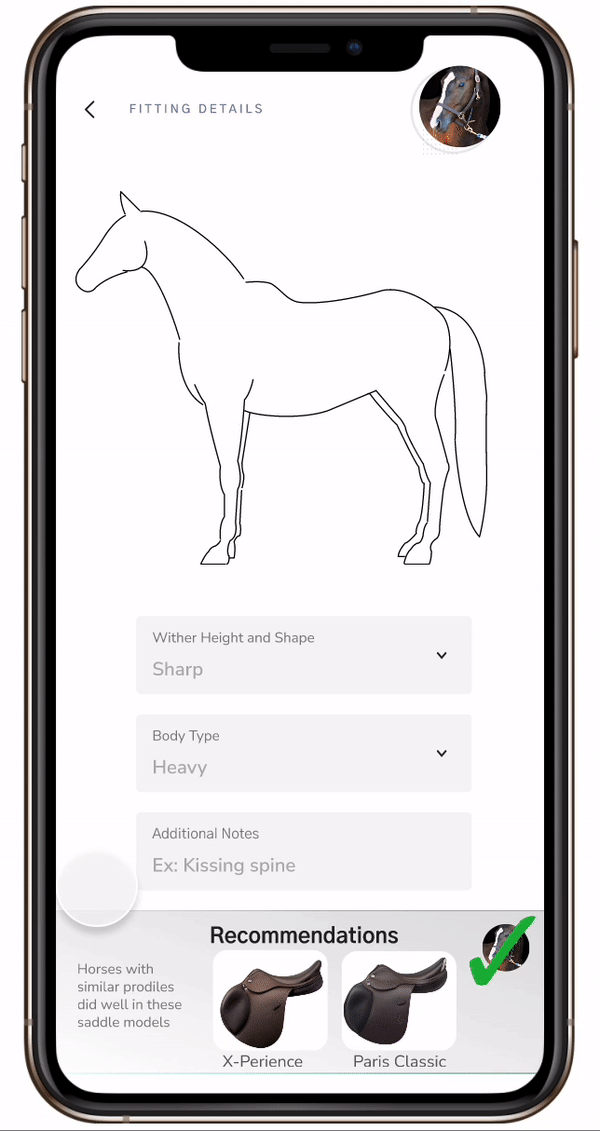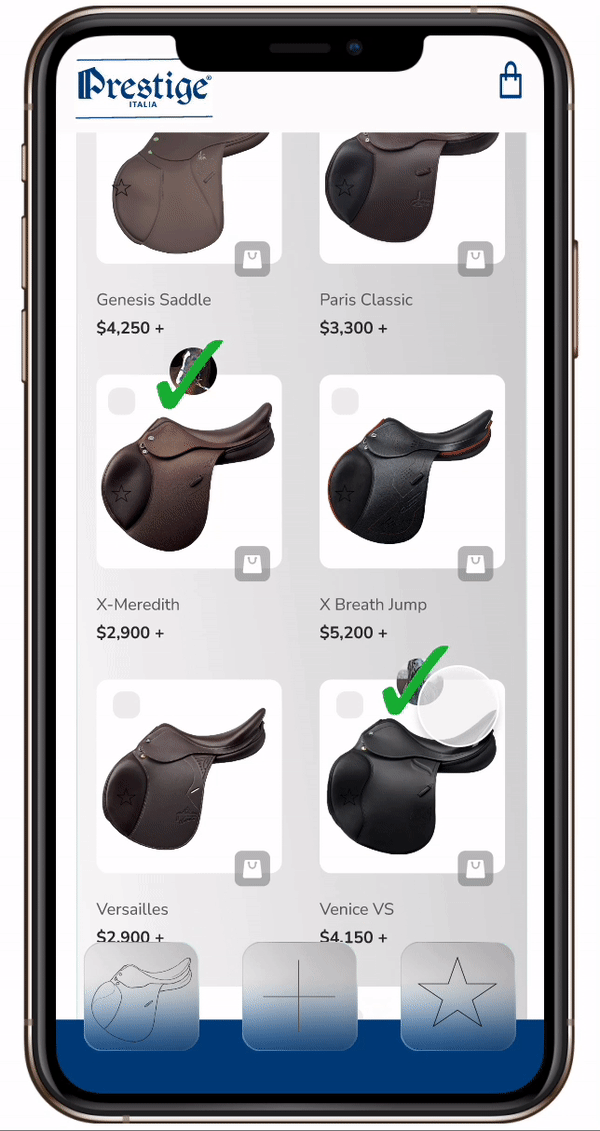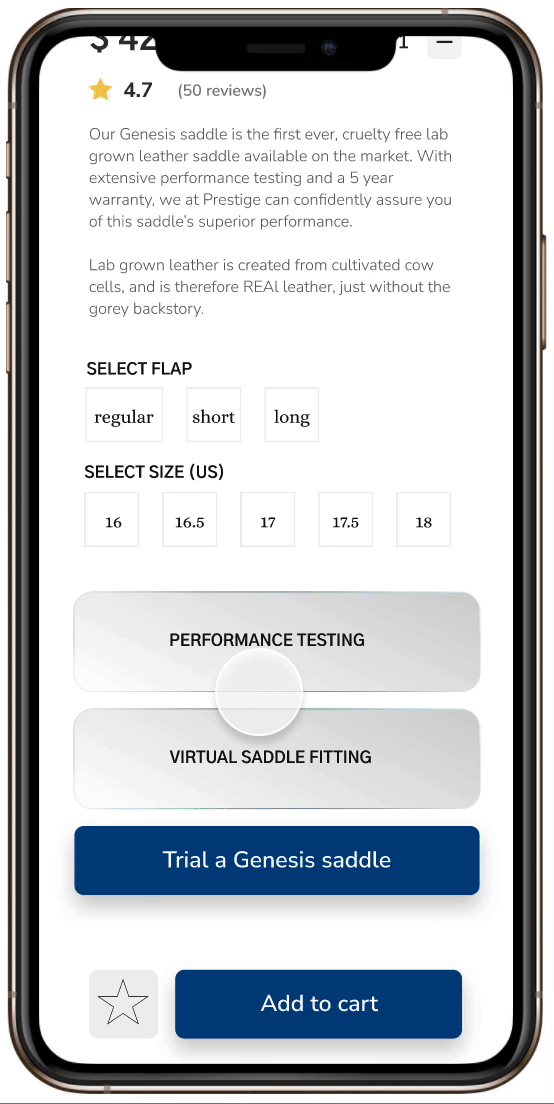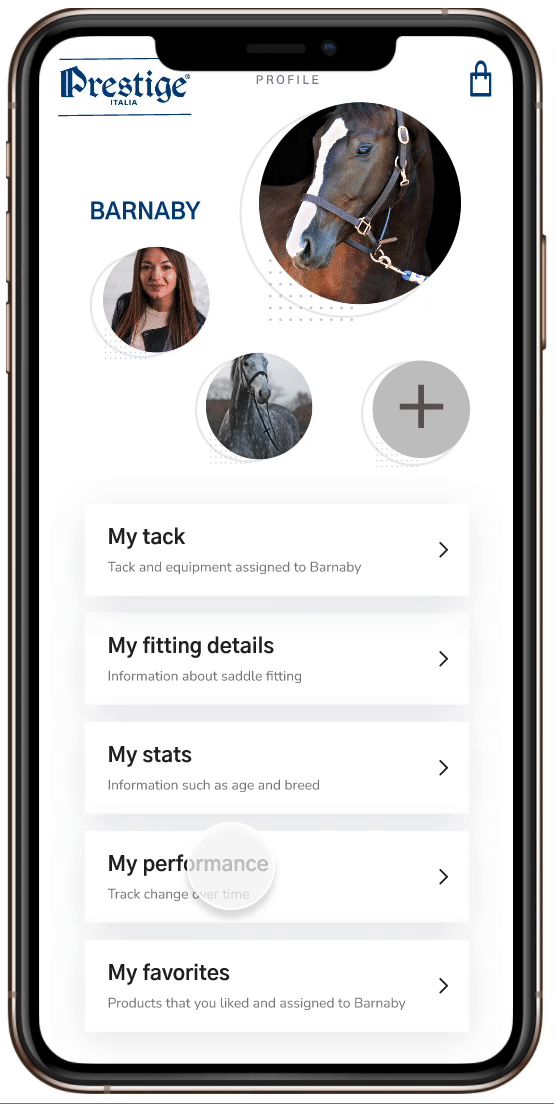Prestige X VitroLabs: meeting the needs of a discerning buyer within a niche market
your future saddle is grown in a lab
Description
Prestige X VitroLabs explores the economic viability of using lab grown leather made from cow cells in the creation of a new, luxury saddle model.
There is an upcoming white space in the luxury saddle market regarding the use of alternative leather materials. While previously a successful luxury saddle made from anything but traditional leather was impossible due to the unmimicable innate qualities of the material, new scientific advances in the realm of textile development has made this possible. Most notably, through the use of cellular agriculture. The advantage of this lab grown leather is that it is, in fact, real leather - it was just grown in a lab instead of on a cow. Three companies worldwide are developing lab grown leather derived from cow cells, and are currently partnering with luxury fashion brands in hopes to release this first lab grown leather product to the public soon.
my contribution
Everything presented on this case study page is my own work (research, visuals, etc.)
For my master’s capstone project, I researched the economic viability of using bio-based lab grown leather for a new luxury saddle model within this market. My extensive research and subsequent campaign showed that not only is the equestrian equipment market open to experimenting with new technological advancements, it would also be a profitable venture for a company to implement.
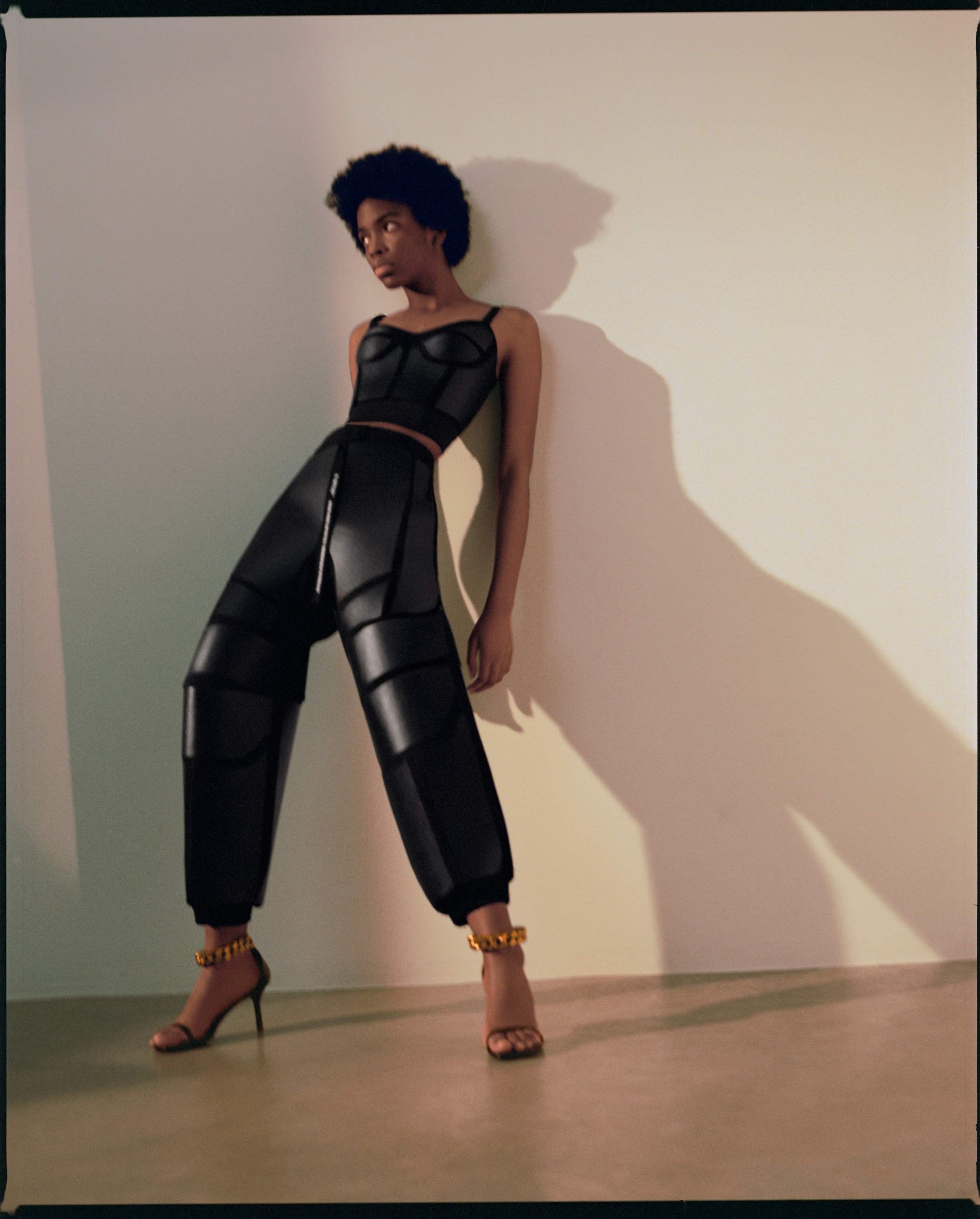
Stella McCartney's 2021 alternative leather release. This product is made from a mushroom derivative.

Hermes' 2021 alternative leather release. This product is made from a mushroom derivative.
Target Market, Consumer Journey, Willingness to Buy a Saddle Made from Labgrown Leather, Research Summary
consumers
target market
According to my surveyed research of 130 professional and amateur equestrians throughout the US, the target market for this initiative is women, ages 20-45, with a college education and $100k-$500k annual income. This woman has refined tastes and a discerning eye, but is known to be an impulse buyer if she is excited by the quality of an item. She also has a high emotional investment in her horses, and spends an average of 20 hours a week with them.
initial consumer segmentation
She is an animal lover, highly socially conscious and has already expressed interest or purchased some of the latest luxury leather alternative options such as Stella McCartney’s Mycelium leather clothing, or Hermes’ new Mycelium bag.
post launch consumer segmentation
After the lab grown leather saddle has launched, an additional target consumer will be added. This consumer is a man or a woman in their 20s to 50s who appreciate the saddle’s superior performance, which will be measured and documented through extensive testing pre-launch.
research summary
Consumers are becoming increasingly more aware of the global impact of animal agriculture, as well as correlated ethical animal management concerns. Particularly, bovine farming and its related industries are known to be large polluters and contributors to global greenhouse gasses. In response, high-end fashion houses such as Hermes and Stella McCartney have begun to pave the way for alternative leather product experimentation through the 2021 launches of their Mycelium based products. Furthermore, consumers are pressuring companies to become more environmentally friendly and cruelty free by questioning their production practices and supply chains.
The equestrian industry is one built on heritage, and thus hesitant and slow to adapt to new technologies. However, the industry has always had a close relationship with the fashion industry and each influences and inspires the other. This can be seen with the frequent fashion references to equestrian motifs and styles, as well as in the equestrian industry’s new embracing of sportswear and athletic textiles following fashion’s athleisure craze. It is therefore a logical evolution of this relationship, that the equestrian industry will begin to feel its own push back on its use of leather products. While previous plastic based leather alternatives were not well-suited to equestrian sports, new technology in the form of lab grown leather (plant, funghi, and animal cell based) represent an exciting opportunity for innovative equestrian brands to be first to market with these materials.
Overview, USP, Leadtime, Mockups
product: saddle
overview
Prestige will engage in a licensing materials sourcing deal with VitroLabs Inc. in order to create the first saddle made from animal cell based, lab grown leather. This licensing will be exclusive to Prestige within the equestrian industry for the first two years. This venture will be a major differentiator for Prestige and will set it apart from other top luxury saddle brands which continue to source traditional leather. Furthermore, by securing exclusive licensing within the equestrian industry, Prestige ensures that its competitors are years behind in sourcing their own lab grown or cruelty free leather for saddles as the materials are so scarce, with only 3 companies in the world cultivating lab grown, cell derived leather. Furthermore, the “first mover advantage” is a well noted term which describes the benefits a brand has when it is first to market with a product. These benefits include a longer time for research than their competitors, and the ability to scale more quickly and thus offer a cheaper product.
What and Why, App Features, App GIFs
product: sales app
Prestige Pricing, Competitor Pricing, The “Sweet Spot”, Saddle Pricing, App Pricing
pricing
Overview, Quarterly Timeline, KPIs, Mockups
promotion
overview
The promotions for the new “Genesis” saddle, as well as the sales tool app, are divided into 3 categories: pre-launch, launch, and post-launch. The goal of the pre-launch phase is to generate interest regarding both products. The goal of the launch phase is to reach as many consumers as possible via a prestigious venue. Finally, the goal of the post-launch phase is to build momentum in saddle sales and app downloads through an omnichannel campaign.
kpi's
The number of people who sign up to try the Genesis saddle, and the amount of foot traffic going to the Prestige booth the day after the main Grand Prix at the event (where the Prestige Genesis Jump will be featured). This latter metric will be recorded through video feed and data provided after the event.
The number of Genesis saddle sales compared to the first year of other Prestige saddle launches.
The number of consumers who trial a Genesis saddle.
The number of consumers who buy a Genesis saddle.
The tone of replies to Instagram posts about the Genesis saddle (indicating the acceptance of lab grown leather).
Prestige will analyze the feedback from the focus group of professionals who have had a demo Genesis saddle.
Metrics will be collected on Prestige’s website every time a customer clicks on the link for the Genesis saddle performance testing. Furthermore, the customer’s length of time on this page will be recorded.
The number of consumers who download the app, as well as create a personal profile.
The number of consumers who purchase based on upselling suggestions in the app.
The number of sales representatives who sell saddle customizations after showing consumers the 3D model updating in real time in the app will be compared to sales representatives’ previous sales records as well as the historical rate of customization.
